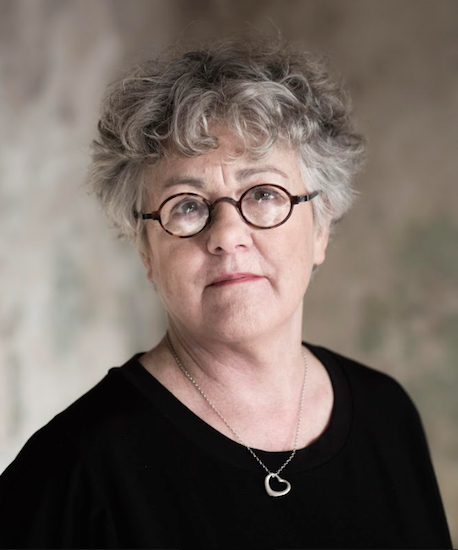Eagle Q&A: Tony Award winning director Garry Hynes
Don’t Forget to Call Your Mother

Twenty years ago, at the Town Hall Theatre in Galway, Ireland, the Druid Theatre Company premiered “The Beauty Queen of Leenane,” written by a playwright named Martin McDonagh, who was then still in his 20s, and directed by Garry Hynes, who, along with Marie Mullen and Mick Lally, founded the Druid in 1975. It was the first Irish professional theater company located outside Dublin. In the 40-plus years since its founding, the company has toured elsewhere in Ireland and internationally, with productions in, among other cities, London, New York, Los Angeles, Washington, D.C. and Sydney. The Druid does the classics (Synge, O’Casey, Eugene O’Neill) as well as new works from emerging playwrights.
After opening to ecstatic reviews, “The Beauty Queen of Leenane” went on to become an international sensation. And McDonagh has become a celebrated playwright and screenwriter — winning the 1998 Critics’ Circle Award for Most Promising Playwright and Drama Desk Award for Outstanding Play for “The Beauty Queen of Leenane”; the 2003 and 2004 Olivier Award for, respectively, “”The Lieutenant of Inishmore” and “The Pillowman”; plus Tony nominations for “Beauty Queen,” “The Lonesome West” (the second play of the “Leenane Trilogy”), “The Pillowman Man” and “The Lieutenant of Inishmore” (the first play of the “Aran Islands Trilogy”).

Brooklyn Boro
View MoreNew York City’s most populous borough, Brooklyn, is home to nearly 2.6 million residents. If Brooklyn were an independent city it would be the fourth largest city in the United States. While Brooklyn has become the epitome of ‘cool and hip’ in recent years, for those that were born here, raised families here and improved communities over the years, Brooklyn has never been ‘uncool’.